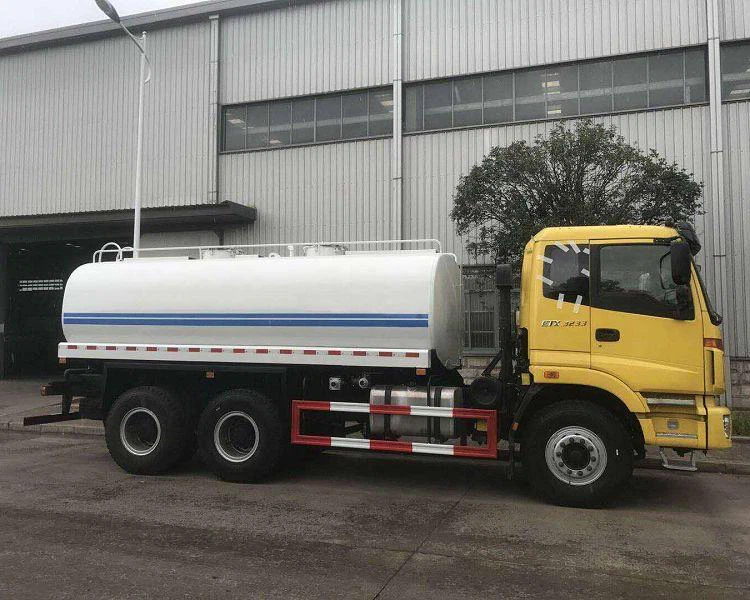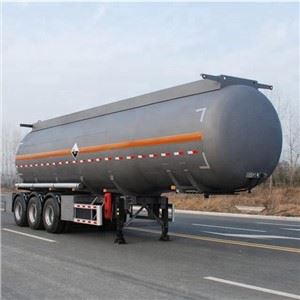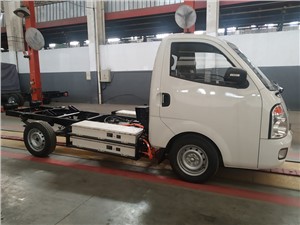Truck Site California: The Ultimate Guide to Trucking in the Golden State

California, known for its vast landscapes and bustling cities, is a pivotal hub for the trucking industry. With thriving logistics, trade routes, and a robust infrastructure system, understanding the trucking scene in California opens up a world of opportunities. This guide will delve into all aspects of truck sites in California, offering insights, tips, and comprehensive information to help trucking professionals and enthusiasts alike navigate this essential sector.
Understanding the Trucking Industry in California
The trucking industry in California represents a vital part of the economy, responsible for transporting goods across the state and beyond. It offers a multitude of services, from freight transportation to specialized trucking for unique cargo.
The Economic Impact of Trucking in California

Trucking contributes significantly to California’s GDP, supporting thousands of jobs and facilitating trade. The state is home to major freight corridors, including Interstate 5 and Highway 99, which are crucial for connecting key markets.
Regulations and Compliance
California’s trucking environment is heavily regulated to ensure safety and environmental standards. Trucking companies must stay compliant with state laws, including emissions regulations and weight limits.
Key Regulations to Be Aware Of
- California Air Resources Board (CARB) regulations on emissions
- Federal Motor Carrier Safety Administration (FMCSA) guidelines
- Weight compliance with California’s axle weight limits
Choosing the Right Trucking Location
Selecting an ideal truck site in California requires careful consideration. Factors like proximity to major highways, warehouses, and urban centers play a significant role.
Top Trucking Regions in California
| Region | Key Features | Notable Freight Hubs |
|---|---|---|
| Southern California | High traffic volume, access to major ports | Los Angeles, Long Beach |
| Central Valley | Agricultural transport, lower fuel costs | Fresno, Stockton |
| Bay Area | High-tech industry, diverse cargo | Oakland, San Francisco |
| Inland Empire | Logistics hubs, warehouses | Riverside, San Bernardino |
Assessing Infrastructure and Amenities
It’s essential to consider the infrastructure supporting trucking, such as rest stops, fueling stations, and maintenance facilities. Locations with ample amenities can reduce downtime and enhance operational efficiency.
Finding Truck Sites in California
There are various platforms and resources available to find truck sites across California. Knowing where to look can simplify the search process.
Online Resources and Platforms
- TruckSiteFinder.com: A user-friendly platform for finding truck parking and service sites.
- CommercialTruckTrader.com: Ideal for buying and selling trucks and locating truck services.
- DAT Load Board: Offers listings for freight availability and truck loads.
Networking with Local Trucking Associations
Joining local trucking associations can provide valuable networking opportunities and information about truck sites and resources. Associations often organize events that connect trucking companies with service providers.
Establishing a Trucking Business in California
If you’re looking to start your own trucking business, California presents unique challenges and opportunities.
Key Steps to Starting a Trucking Business
- Conduct market research to identify opportunities.
- Develop a comprehensive business plan outlining your objectives.
- Obtain necessary licenses, permits, and insurance.
- Find suitable truck sites and establish relationships with logistics partners.
Understanding Business Costs
Starting a trucking business involves various costs, including truck purchases, maintenance, fuel, and insurance. Budgeting effectively is crucial for long-term sustainability.
Typical Costs Associated with Trucking
| Expense | Estimated Monthly Cost |
|---|---|
| Truck Payment | $1,500 – $2,500 |
| Fuel | $2,000 – $3,000 |
| Insurance | $1,000 – $2,000 |
| Maintenance | $500 – $1,000 |
Operational Tips for California Trucking

Successful trucking operations require efficiency and adaptability. Here are essential tips to streamline your business in California.
Optimizing Routes
Utilize fleet management software to find the most efficient routes, avoiding high-traffic areas whenever possible. This can save time and reduce fuel costs.
Maintaining Equipment
Regular maintenance is crucial to avoid breakdowns. Create a maintenance schedule and ensure all equipment is up to industry standards.
Essential Maintenance Practices
- Regularly check tire pressure and tread
- Perform oil changes every 5,000-7,000 miles
- Inspect and replace brake components as needed
Environmental Considerations for Trucking
California has stringent environmental laws impacting trucking operations. Staying compliant with these regulations is essential for your business.

Implementing Eco-Friendly Practices
Employing eco-friendly practices can help reduce your carbon footprint and comply with state laws.
Examples of Sustainable Practices
- Investing in fuel-efficient vehicles
- Utilizing technology to optimize fuel consumption
- Adopting a paperless billing and recordkeeping system
Challenges Facing the Trucking Industry in California
Despite its opportunities, the California trucking industry faces specific challenges that require solutions.
High Operational Costs
The rising cost of fuel, labor, and maintenance can strain trucking budgets. Developing a thorough financial strategy is essential for overcoming these challenges.
Traffic Congestion
California’s traffic congestion can significantly impact delivery times. Investing in logistics software helps to navigate these challenges effectively.
Frequently Asked Questions
1. What are the requirements for starting a trucking business in California?
To start a trucking business, you need a valid commercial driver’s license (CDL), necessary permits, and insurance coverage. Registering your business and following state regulations is also crucial.
2. How can I find truck parking in California?
You can use apps and websites specifically designed for truck parking, join local trucking associations, or check with rest areas along major highways.
3. Are there incentives for eco-friendly trucking practices?
Yes, California offers incentives for adopting cleaner technologies and vehicles, including grants and tax credits. Check with local environmental agencies for specific programs.
4. How can I stay compliant with California’s trucking regulations?
Keeping up to date with the California Department of Transportation (Caltrans) and CARB is crucial. Regularly consult their websites for updates and training sessions.
5. What are the best routes for trucking in California?
Interstate 5 and Highway 99 are among the best routes, offering efficient transport options. However, utilizing logistics software can help determine the best routes based on real-time traffic conditions.
6. What is the average income for a truck driver in California?
The average income varies, typically ranging from $45,000 to $70,000 annually, depending on experience, type of trucking, and specific routes.
